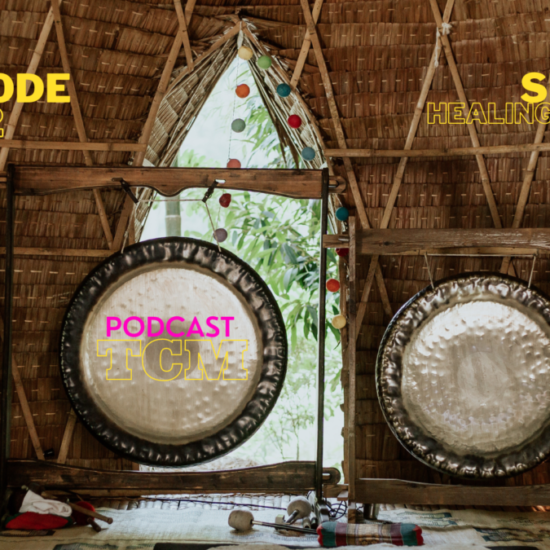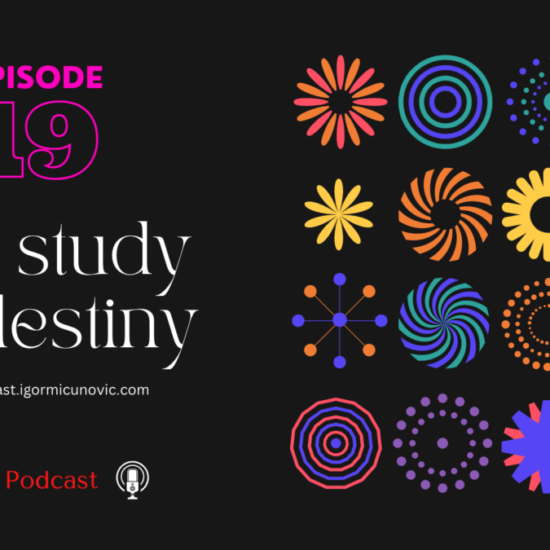Since the ancient time, the medicinal properties of light have been recognized and utilized for healing. Ancient Egyptians constructed solariums fitted with colored glass to harness specific colors of the visible spectrum to heal disease. Greeks and Romans emphasized the thermal effects of light…
Russian scientists were the first to explore and document the health effects of red light scientifically in the early 1900s.
In 1903, Neils Ryberg Finsen was awarded the Nobel Prize in Medicine for successfully utilizing Ultraviolet light for treating tuberculosis. Therefore, Finsen is considered as the father of modern phototherapy.
The laser was invented in 1960 by Dr. Theodore H. Maiman, and in 1967 Dr. Endre Mester discovered that the laser has significant therapeutic value.
Red light therapy is a form of therapy that delivers energy to cells by applying a range of visible and invisible wavelengths of light. Other names for red light Therapy include low-level laser therapy (LLLT), low intensity light therapy (LILT), phototherapy, photobiostimulation, biostimulation (BIOS), photobiomodulation, photonic stimulation, among others.
Red light therapy is a form of therapy that delivers energy to cells by applying range of visible and invisible wavelengths of light.
Red light therapy is clinically effective for a wide range of conditions including anti-aging, pain relief, cognitive enhancement, fat reduction, smoking cessation, wound healing, increasing bone density, increasing testosterone, reducing anxiety and depression, building muscle, healing acne, preventing hair loss & hair regrowth, among others.
Red light therapy isn’t a cure for all diseases, but by optimizing cellular function, supporting the immune system and accelerating the healing process, There are probably no diseases or conditions that it cannot benefit.
Near-infrared light is another form of electromagnetic radiation that is similar to red light in both frequency and its beneficial biological effects. Near-infrared and red light optimize cellular function, supporting the immune system and accelerating the healing process.
Red and Near-Red Light Radiation
Sunlight is a rich source of UVB radiation, which stimulates the production of vitamin D and protects us from numerous health disorders. Sunlight posses two end of light spectrum therapeutic radiation: Light emitted in the red and near-infrared ends of the spectrum.
Ultraviolet light can cause sunburn, while red and near-infrared light protect the skin from sunburn.
Red light is a form of radiation that’s visible to the human eye. Red light easily penetrates skin, which makes it useful therapeutically for reaching cells and tissues deeper inside the body.
Red light ranges in wavelength from about 620-700 nanometers (nm).
The human eye is limited to seeing wavelengths of light ranging between 400-700 nanometers, and anything below or above that, such as infrared light, remains invisible or light-pink.
The infrared spectrum ranges from 700 nm – 1 mm (10,000 nm) and is actually divided up into near-infrared, middle-infrared, and far-infrared.
Near-Infrared (also called Infrared-A or IR-A) = 700nm – 1400nm
Mid-Infrared (also called Infrared-B or IR-B) = 1,400nm – 3,000nm
Far-Infrared (also called Infrared-C or IR-C) = 3,000nm – 1mm
The span of infrared light most applicable for healing is near-infrared, which ranges from 700nm to about 1400nm.
For therapeutic applications, the primary difference between the two is that near-infrared light penetrates more deeply into the body than red light, meaning its healing energy can access and benefit cells that red light cannot.
While red light is often used for superficial applications like skin treatments, for example acne, near-infrared light can be used for both the skin and to reach tissues residing deeper within the body.
Even within these effective ranges of red and near-infrared light, some wavelengths have been found to be more or less beneficial than others.
For certain skin conditions, some evidence suggests red light might be more beneficial than near-infrared light. For all practical purposes, near-infrared light or a combination of red and near-infrared light is probably ideal.
Red Light Health Effect
Red and near-infrared radiation are essential for all biological life and can be obtained by exposing the body to sunlight. Although UVB radiation, which can also be obtained through sunlight, is essential for humans to produce Vitamin D, too much can cause burning of the skin.
Contrary to UVB radiation, red and near-infrared radiation protect the body from damaging radiation and bolster energy production inside every cell they interact with.
Within cells are tiny energy-producing ‘power plants’ called mitochondria, which are the source of the energy for your cells and for your body as a whole.
When mitochondria inside a cell have everything they need to produce energy efficiently, that cell is healthy. And when the majority of your cells have everything the mitochondria within them need to produce energy efficiently, your body is healthy.
Red Light Healing
When a cell is given everything it needs to metabolize properly – a process involving the chemical oxidation of glucose into carbon dioxide within the mitochondria – the cell is healthy. Nearly every disease has been linked to low mitochondrial activity. Understanding which foods and factors enhance metabolism, and which inhibit it are paramount for successfully preventing or reversing disease.
One important thing to understand about cellular metabolism is that every step of the process is catalyzed by a specific enzyme.
One such enzyme is called cytochrome c oxidase, which was discovered in 1926 by Nobel laureate Dr. Otto Warburg. This enzyme is critical for oxygen use by cells because it interacts directly with oxygen and catalyzes the very last step in the process of metabolism (called oxidative phosphorylation).
Dr. Warburg found that simply by inhibiting cytochrome c oxidase, a healthy cell could be turned into a cancer cell.
A number of chemical toxins have been shown to inhibit cytochrome c oxidase activity, including chemotherapy, cyanide, carbon monoxide, aluminum phosphide, estrogen, serotonin, endotoxin, aflatoxin B1, UVB radiation, X-ray radiation, and unsaturated fatty acids.
Pathological cascade action: Upon exposure to any of the environmental contaminants listed above, cells produce a free radical called nitric oxide, which binds directly to cytochrome c oxidase, deactivating it. For as long as nitric oxide is bound to this enzyme, the cell will have a defective ‘cancer’ metabolism.
Red/near-infrared radiation (600nm to 1400nm) is absorbed by an enzyme within the mitochondria of cells called cytochrome c oxidase. This results in greater energy production by that cell. Adequate energy production is the hallmark of a healthy cell. If enough of your cells are producing energy efficiently, you will be healthy.
Enhancing Metabolic Activity
Red and near-infrared light have both been proven to actually unbind nitric oxide from the cytochrome c oxidase enzyme, restoring its activity.
Cytochrome c oxidase is unique in that it actually absorbs light specifically within the red and near-infrared portions of the spectrum. So not only does red and near-infrared light liberate the cytochrome c oxidase enzyme from inhibition by nitric oxide, it also directly energizes this enzyme, which supercharges its activity.
The result is enhanced cellular metabolism and the cascade of beneficial physiological effects that emerge from increased metabolic activity, including: Increased energy (ATP) production, increased cellular oxygenation, increased blood flow in the body, increased CO2 production, reduced stress hormones, reduced lactic acid, reduced inflammation, and reduced free radicals.
Red and near-infrared light penetrate deeply into body tissues, where they impart their healing effects by enhancing mitochondrial energy production.
Red Light Therapy at Home
On the surface, treating yourself using red light is simple: Switch your light on (from your Light Therapy device), aim it at the body part you wish to treat, and then hold it there for 10-20 minutes. One of the most important factors for success with red light therapy is treatment consistency.
Simply lay in the fetal position, fully unclothed, with the light facing midway between your stomach and chest. As a general guideline, studies have demonstrated that somewhere between 2 and 20 red light therapy treatment sessions per week are effective. That’s 2-3 times per day.


